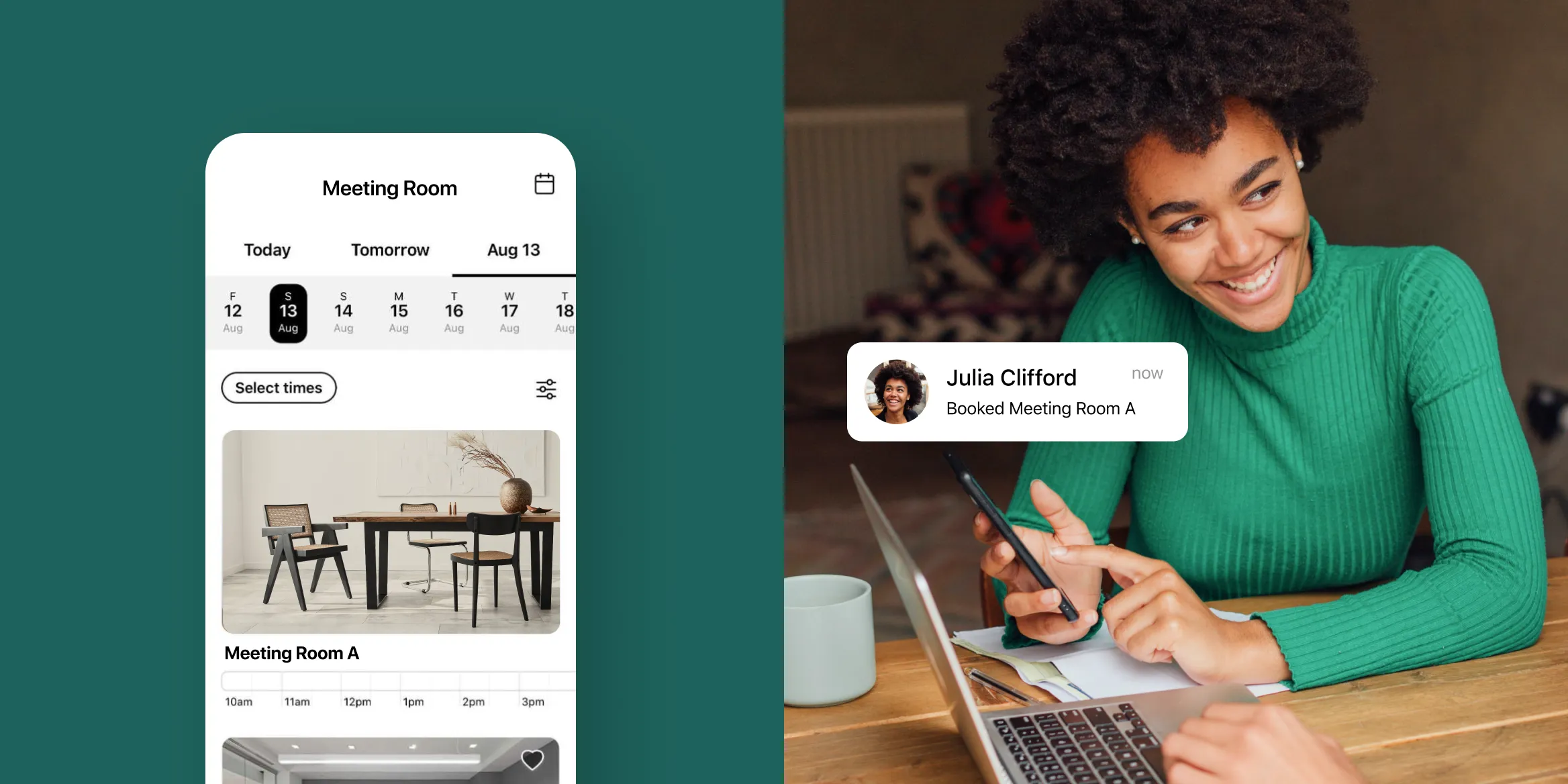
Trying to determine the right size of your coworking space can be tricky, especially when just starting out. In fact, it’s one of the most common questions we see in communities and forums online.
It’s also one of the most challenging questions to answer…well, that and how much does it cost to start a coworking space?
In this Coworking Quick Tip, we’ll walk you through some tips to help you determine how big your coworking space should be in order to maximize your chances of long-term success.
1. Think about your ideal custom profile (ICP) and what they need from a coworking space
As with all things in coworking, determining the size of your coworking space starts with understanding your ideal customer profile (ICP) or target member. Identify the primary members of your space whether that’s freelancers, remote workers, start-ups, or niche professionals, and think about what they need in a coworking space.
- Remote Workers: may prefer quiet workspaces and places to take phone calls (ie. phone booths)
- Startups and Small Teams: may require private offices or semi-private dedicated desks to accommodate team collaboration
- Niche Professionals: specialized groups might need unique features, such as art studios or wellness rooms
The needs of your ICP will influence the design of the space slightly differently and therefore, how big your coworking space should be.
2. Consider space allocation per member
The amount of space allocated per member significantly impacts comfort, functionality, and of course, the size of your coworking space. Traditional offices typically allocate around 200 square feet per person.
Coworking spaces on the other hand often operate with much less, approximately 75 square feet per workstation on average.
Using this average, you can work backwards from your target number of members to determine how big your space should be. If you know you want a community of 100 members, with this logic you would need a space that is at least 7,500 square feet.
3. Think about the broader market you’re in
The overall size of your coworking space should align with the overall market you’re in. A coworking space in the heart of Manhattan may be smaller than a coworking space in Dallas where there is more space available.
- Small Spaces (3,000–5,000 sq ft): suitable for niche markets, rural coworking or boutique coworking environments. Could also be a good way to test the concept.
- Medium Spaces (5,000–10,000 sq ft): allows for a mix of private offices, open desks, and meeting rooms, but typically requires some demand and buy-in for the concept.
- Large Spaces (10,000+ sq ft): can accommodate diverse amenities and a larger member base. Coworking spaces past 10,000 sq ft are more likely to be profitable according to DeskMag.
As a note: we often see operators start with a small space, as little as a few thousand square feet and expand if and when the concept is validated.
4. Determine the ideal ratio of product offerings
What you offer in your coworking space will also determine how big it should be. Speciality amenities like fitness centers or event space will require more space than a podcast studio. Generally, private offices will also require more space than open seating areas (though this varies).
No matter your mix, also plan to set aside somewhere around 20% of space for community spaces including a lounge or kitchen.
5. Consider your financial goals
The size of your space should help you achieve your financial goals, not hinder them. Align your coworking space size with financial projections and considerations including:
- Revenue goals: estimate income based on membership fees and occupancy rates
- Operational costs: consider rent, utilities, staffing, maintenance expenses, and all of the other costs associated with opening a coworking space
- Profitability: larger spaces may offer higher revenue potential but come with increased costs and risks
In general, larger spaces are more profitable. However, that’s only if that larger space is filled (which is an entirely different challenge).
So, how big should your coworking space be?
Your coworking space should be big enough to accommodate everything that your target member would want and need. It should be big enough to help you reach your financial goals. And it should be big enough that your members can comfortably feel at home in the space.
Ultimately, you are the only one who can determine how big your coworking space should be. Use the information above to help guide you in designing your coworking space.
Here at Optix, we help coworking space owners and operators of every size, whether you’re a few thousand square feet or a few hundred thousand. Curious to see how Optix can support your business’ growth goals? Connect with a member of our team today.
Frequently asked questions
Market research influences coworking space size by revealing demand, competition, and member expectations in a given location. For example, a dense urban area may support smaller, more compact spaces, while suburban or rural markets often favor larger footprints with added amenities. Understanding demand ensures operators don’t overbuild or underdeliver.
The minimum viable size for a coworking space typically starts around 3,000–5,000 square feet. At this size, operators can test the concept with a mix of desks, a small number of private offices, and a community area. Starting small reduces risk while still providing enough capacity to gauge member interest.
Coworking space size directly affects profitability because larger spaces offer more revenue potential but also come with higher costs. The key is balancing occupancy with operational expenses. A 10,000+ sq ft coworking space may have higher earning potential, but only if demand supports filling it. Smaller spaces may yield lower revenue but can achieve profitability faster if overhead is lean.
Flexibility is important because coworking demand often shifts over time. Designing a space with movable partitions, modular furniture, and multi-use areas allows operators to adapt to changing member needs. This flexibility ensures the space remains relevant, whether members demand more private offices, event space, or open work areas.
Financial goals shape coworking space size by setting revenue targets and guiding investment decisions. Operators should calculate expected income based on projected membership, occupancy, and pricing models, then match that against rent, utilities, and staffing costs. Choosing the right size means balancing ambition with sustainable growth.



